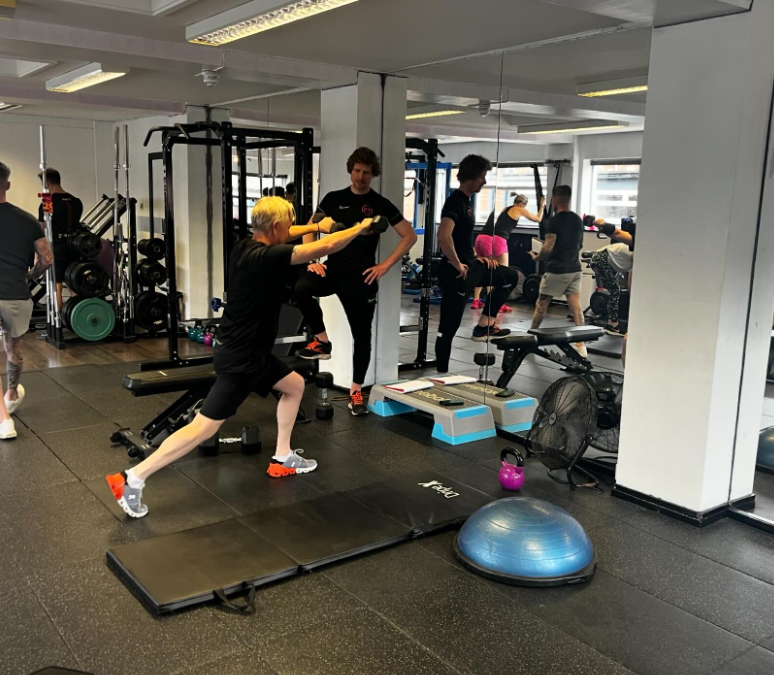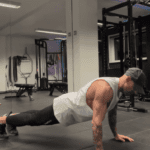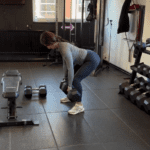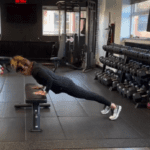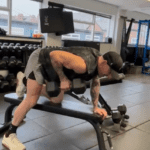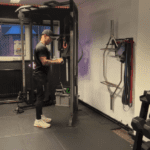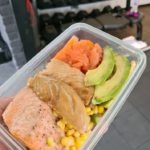50 is considered the new 40 in terms of health and aging due to various factors that contribute to a healthier and more active lifestyle for people in their 50s. This concept is supported by the idea that people are living longer, living healthier lives, and feeling younger than previous generations. Some key reasons for this shift could be better health, diet and fitness, better finances which lead to more freedom and time for travel and hobbies, increased confidence and energy levels, and a focus on self-care, mindfulness and maintaining relationships for overall well-being. Overall, the notion of 50 being the new 40 reflects a positive trend towards healthier aging, increased vitality and a more fulfilling life! Fitness in your 40s (see previous blog ‘Fit at 40’) and beyond is crucial, with a focus on adapting workouts to age-related changes as there are hormonal shifts and decreased bone density. To maintain fitness over 50, a three-pronged approach is recommended:
- Cardio (hiking, running).
- Strength training (body weights, Pilates).
- Mobility exercises (Yoga).
Additionally, incorporating regular strength training can help maintain muscle mass and improve muscle tone as you age. Incorporate mobility days to enhance your workouts and aid recovery. Water is especially crucial to support your fitness goals, so make sure that you drink more water.
Staying active and exercising regularly is essential to maintain independence, energy and overall health. By following age-appropriate fitness routines and adapting to the changing needs of your body, it is possible to maintain a healthy and active lifestyle well into your 50s and beyond. Tempo training, or time under tension training are very important – it is a great way to train hard but to not always be lifting heavy weights, and is better for ligaments and tendons also.
Here are some guidelines on exercises based on our expert recommendations:
- Aerobic cardio: Engage in low-intensity, long-duration aerobic cardio exercises 2-3 times per
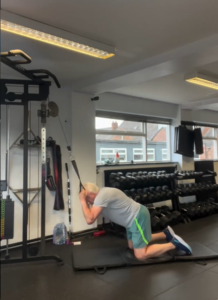 week for 20-40 minutes.
week for 20-40 minutes. - Strength training: Incorporate low-to-moderate intensity resistance training, such as classic strength training tools like dumbbells, barbells and kettlebells, 2-3 times per week for 20-30 minutes. Strength training should be added into your routine for 2-3 days a week.
- Resistance training: Weighted balls or bags, and devices with adjustable seats and handles attached to weights or hydraulics are ideal for resistance training. Giant rubber bands that provide resistance when stretched are a brilliant portable and adaptable tool for most workouts. Squats, push-ups and chin-ups using your own body weight also make for effective resistance training.
- Mobility work: Include mobility work every day to enhance flexibility and movement.
- Variety in exercise: Vary your exercise routine over time, increasing the number of workouts gradually to 4-5 sessions per week by week 5.
These exercises help improve muscle strength, tone, flexibility, balance, and overall physical well-being. It is important to start with proper form and gradually increase the intensity as you progress in your fitness journey.
It is imperative that you speak with your trainer and healthcare provider before starting any new exercise routine, especially if you have any specific health concerns or conditions to ensure safety and effectiveness.
A personal trainer is an investment in your health and well-being that can lead to long-term positive effects on your fitness, confidence, and overall health. PT Hale prides itself on being a social and safe space where you can workout individually, or with like-minded people to get the results that you want and deserve – LET’S GO!

